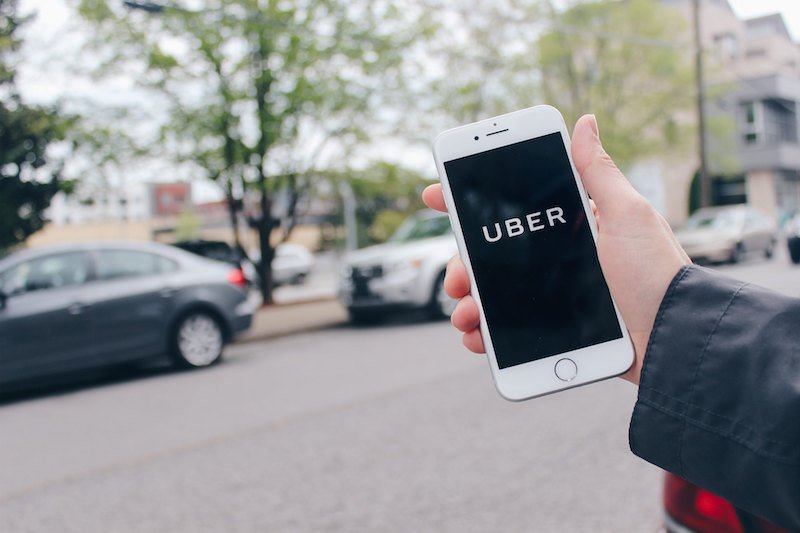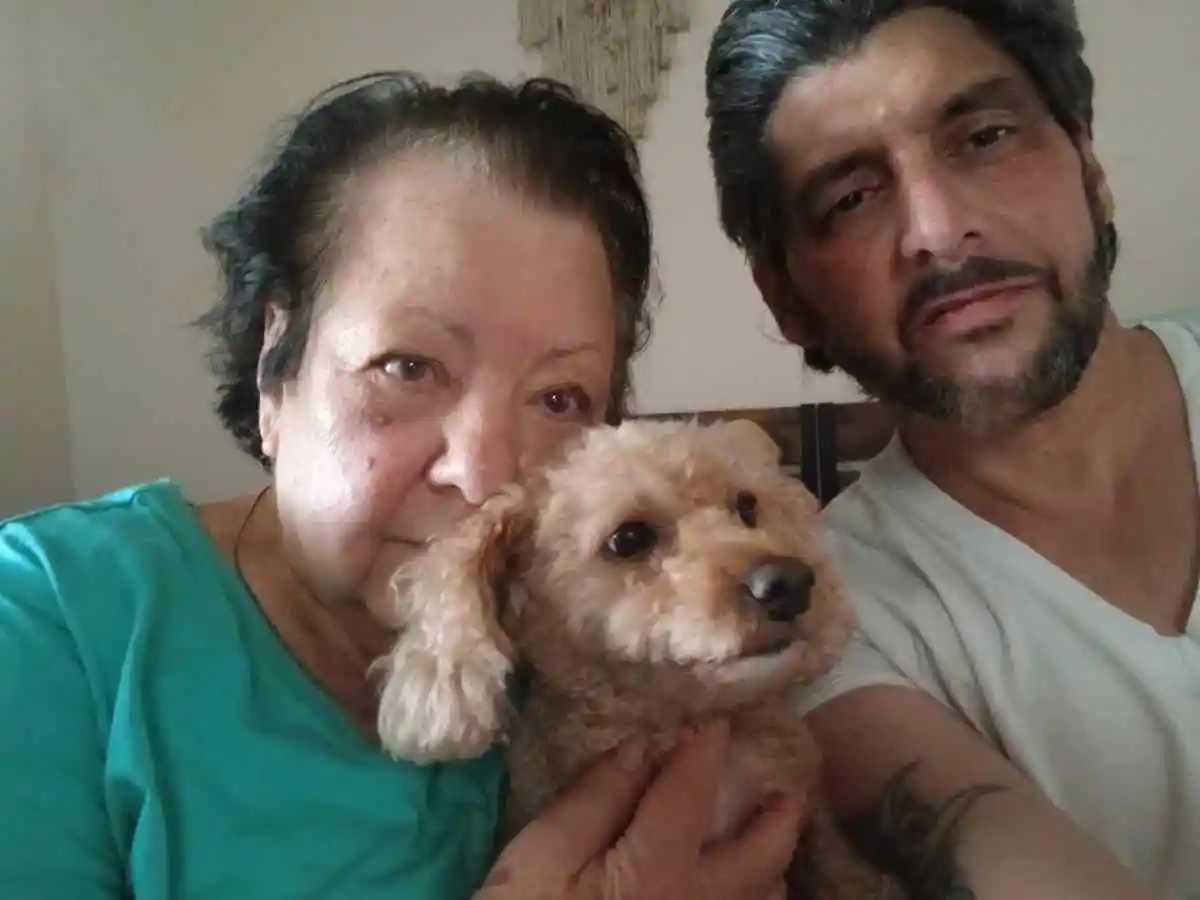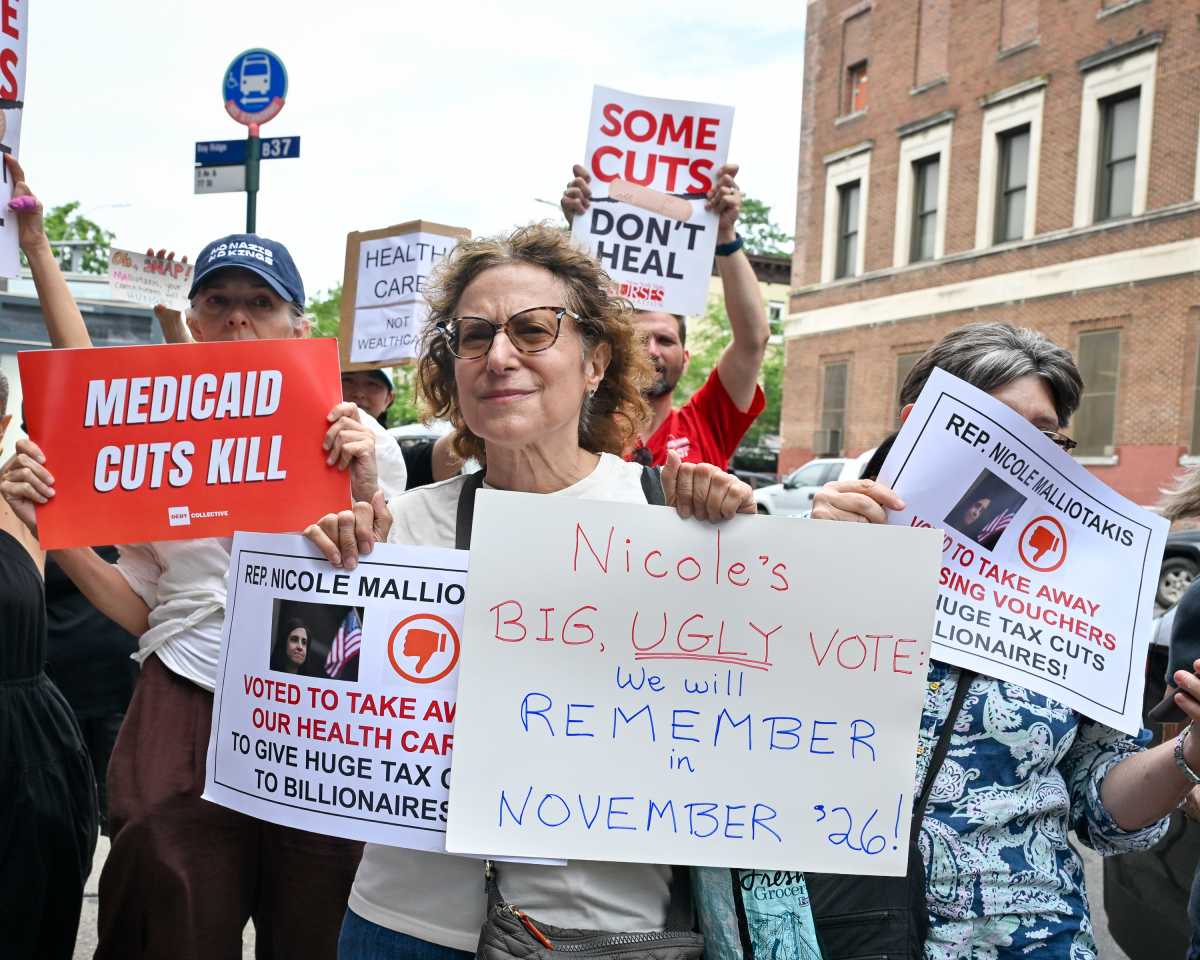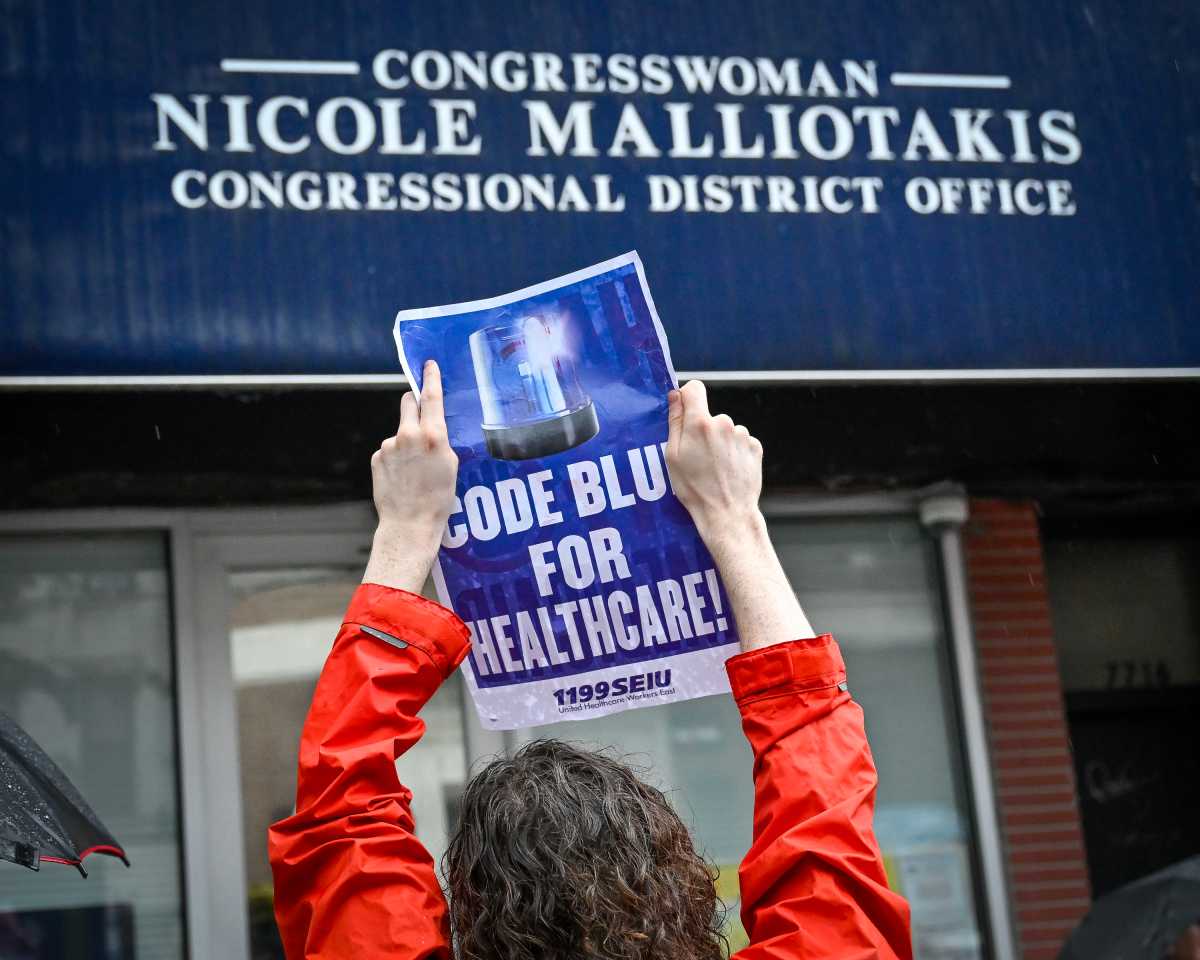With a year gone by since the City Council imposed a cap on new for-hire vehicle (FHV) licenses, Uber is anew trying to convince both the public and city regulators that new regulations would only hurt New Yorkers.
In addition to the extension of the FHV licenses cap, the city’s Taxi & Limousine Commission (TLC) is also trying to create a “cruising cap”, which would decrease the time a for-hire vehicle could spend “cruising” (driving without a passenger) south of 96th Street in Manhattan
According to the TLC and advocates, the goal of both the license and cruising cap is to ease congestion and an oversaturated market. But the company claims, similar to how it did last year, that such rules would only burden drivers and create unintended consequences.
“The people who are being impacted by all these rules are customers in low-income areas that are often poorly served by mass transit. Because as prices go up, folks in parts of Queens and Manhattan and Staten Island and parts of Brooklyn who are less price-sensitive can continue to afford Uber but customers in places like Brownsville are suffering more than people on the Upper West Side,” said Uber Spokesperson Harry Hartfield, adding that the company has had to raise prices due to new regulations and fees implemented last year.
The argument of outer-borough riders being hurt by regulations has been brought when the cap was first introduced last year. The TLC argues that the concern wasn’t realized after close to a year of the cap being in place.
“We take outer-borough service needs seriously and have the data to monitor what’s really going on. So far, none of the empirical data backs up any of this fear-mongering,” said TLC Spokesperson Allan J. Fromberg. “We’ve had a pause in vehicle license issuance for almost a year, and here’s what happened: Daily FHV trips continued to grow in all parts of the city. In the most recent quarter from mid-February through mid-May, daily app trips increased 43% in the Bronx, 15% in Brooklyn, 21% in Northern Manhattan (north of 96th St.), 29% in Queens, and 62% in Staten Island, when compared to the same period in 2018.”
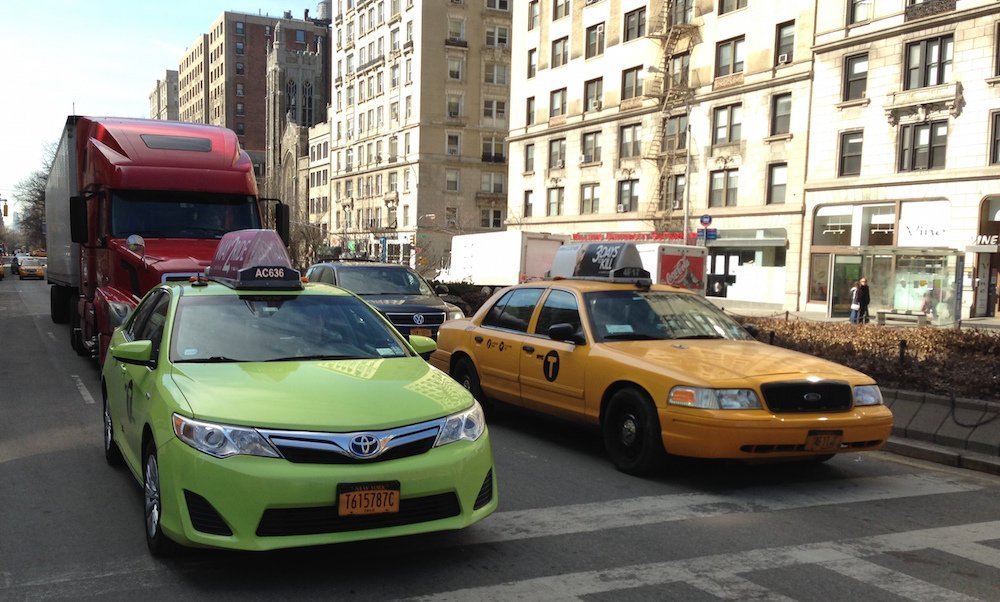
Fromberg added that there have been no complaints about people being unable to access service and that, if such complaints would arise, TLC could address them. “The proposed regulations require regular review and public reporting on these and other factors. If a service problem arises, TLC has the authority to adjust the number of licenses or the cap on cruising to address it,” he added.
Another concern of Uber is the concept of drivers not being able to use their own cars. A recent op-ed KingsCountyPolitics received describes a driver who leaves his own car to rent one with a FHV license instead, costing him extra money.
“I think what we don’t want to see is the creation of a second medallion and that is what the TLC is doing. It’s creating another medallion system wherein drivers are forced to rent vehicles from these fleet owners,” said Hartfield, who added that TLC’s own data shows that renting a vehicle could cost up to $5,000 more per year than owning one.
“Drivers certainly aren’t treating their FHV licenses like medallions,” said to Fromberg. “This year, when there has been a pause on new vehicle license issuance, more than 8,000 FHV vehicle owners have voluntarily turned in their TLC vehicle licenses. As you’d expect, owners were somewhat more likely to renew their licenses after the cap, but even after a year, one out of five owners is not renewing – the horror stories we both have heard are simply not true and have not been true during a full year of the cap.”
The TLC currently exempts wheelchair accessible and battery electric vehicles, a waiver Uber supports. “We’d like to see the entire cap lifted, but we appreciate that carve-out. I think the TLC and us agree on the importance of having wheelchair accessible vehicles on the platform,” said Hartfield.
Where Uber and the TLC do not agree on, however, is the “cursing cap”, which close to a dozen City Councilmembers recently wrote a letter in concern of. The Daily News reported that a letter, signed by Transportation Chair Donovan Richards, urged the Commission to delay an upcoming vote on the new rule.
“We cannot repeat the mistakes of the past. Before new rules are approved, the commissioner needs to ensure that they protect the interests of both passengers and drivers,” the letter read.
The New York Taxi Workers Alliance (NYTWA) argues that there is no need to wait for a new TLC commissioner.
“This is one of the largest agencies in the city of New York,” said NYTWA Executive Director Bhairavi Desai. “The crisis of poverty that drivers are under is not going to be at a standstill until a new chairman comes in. The crisis continues, the poverty gets deeper, we need the TLC to take action in order to end that crisis.”
The cruising cap rule proposed is meant to “decrease the percentage of time that FHVs dispatched by [High-Volume For-Hire Services (HV)] spend cruising (driving or waiting without a passenger) in Manhattan south of 96th Street by capping it at 31% during the most congested times of day”, according to the TLC.
Uber says their concerns on the cruising cap include possible congestion in Downtown Brooklyn and Dumbo.
“One-way drivers might find to work around those rules is to drive to Dumbo or to drive to Greenpoint and just idle their car there and hope they get a trip in Manhattan,” said Hartfield. “And so there might be a bunch of cars idling in Brooklyn waiting for a trip to Manhattan and that’s something the GOP hasn’t looked at. They haven’t studied it but that’s a rational thing to do if you’re a driver.”
“Uber seems to tailor their “concerns” to the geo-area of the reporter to whom they’re speaking. Earlier today, we heard from someone who said Uber was “particularly concerned” about congestion in northern Manhattan above 96th Street,” said Fromberg. “We’re aware of the theoretical possibility of vehicles “staging” beyond the Manhattan core, and while there’s no compelling logistical reason why this would be helpful to drivers, I believe it’s something we’ll be monitoring closely along with our sister agencies,” he added.
Fromberg also argued most drivers support a vehicle license cap.
“Flooding New York City streets with over 2,000 new for-hire vehicles a month created a race to the bottom that significantly depressed driver income and oversaturated the market. Drivers know they lose out when the companies flood the streets with too many cars and drivers can’t get enough rides to make a living. More cars mean more dilution of income and opportunity. If Uber employed drivers, they would be the largest private employer in New York City. They have a huge pool of existing drivers that are eager for more work,” said Fromberg.
Uber responded that drivers and experts oppose new rules and that, mirroring what the 11 Councilmembers wrote in their letter, TLC should first await a new Commissioner and review existing rules before moving forward with new ones. The company argues that the new rules are not just opposed by them alone and that the city should consider those voices.
“Hundreds and hundreds of drivers have written into the TLC opposing the cap. This isn’t us. There are lots of people out there who have said, ‘Wait, let’s put a pause on this. Let’s look at how the old rules are working – or if they’re working – and what the impact is before we settle on new rules.’ Out hope is that the TLC will listen to the concerns of City Council members, drivers, expert, editorial board and others and say ‘OK, let’s pause this’,” said Hartfield.


